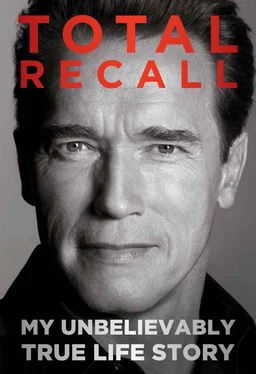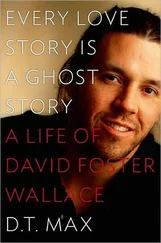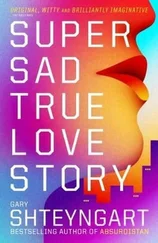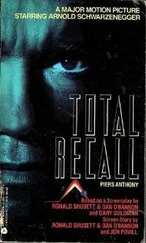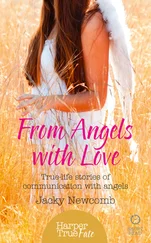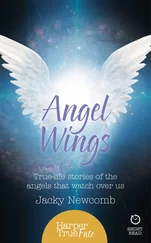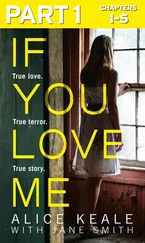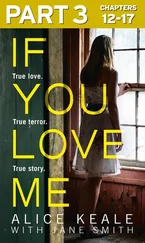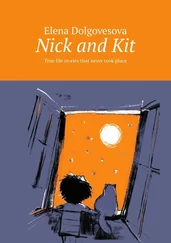Before we could start, they had to check the camera angles and measure the focus. So I had to walk the horse to the edge of the roof and onto the gangplank above the studio floor. Suddenly, by accident, one of the cameras on a long boom dropped down into the horse’s face. It actually hit the horse—not hard, but enough to spook him. He tried to back up, but his hooves started slipping on the gangplank. I slid off him as fast as I could, but there was no place to go: I was on the gangplank, ninety feet up, and under the horse. All I could think was “Stay alive, stay on this platform, watch those hooves.” He was dancing around, and if he stepped on me or slipped again, he could take us both down. I realized that people have survived much larger falls. But I knew that in this case, the horse and I would land on the cement floor, and it would be over.
The last thing anybody thought was that just taking measurements would be dangerous. But our stunt director, Joel Kramer, knew that this stunt had never been tried before, and he was alert. I saw him jump out onto the platform and hold on to the horse, calming it and gently easing it back so that I could escape.
My brain worked the way it always does when I have a close call: I immediately dismissed the episode as if it didn’t exist. Once the horse settled down, we came back and shot the scene just as we’d planned. But I gave Joel a box of Montecristo cigars. Everybody realized that if he hadn’t looked out for us, the horse and I would probably be dead.
_
Maria was too much of a force to stay on the mommy track completely for very long. By the time we were in Florida, she was already back at work, lining up future stories, and when shooting broke for the production to move to Rhode Island, she and I went to Cuba for a day. Cuba, of course, was still off-limits to Americans, but Maria could go as a journalist. She’d already conducted a couple of interviews with President Fidel Castro, including one in which she asked him point-blank if he’d had anything to do with killing JFK. Now she was laying the groundwork for another interview, and I went along as the spouse.
The high point for me, of course, was cigars. While Maria was busy with her meetings, I visited the Partagas factory, where they make Cohibas, Punches, Montecristos, and other legendary brands. I love factories, and whenever I’m passionate about a product, I want to see it being made. I love to watch cars being produced, shoes crafted, and glass blown. I love going to the Audemars Piguet watch factory in Switzerland to see the technicians at work in their white coats, gloves, glasses, and headgear so that no dust gets in the mechanism. And I also enjoy stopping at the wood-carving shops in Germany’s Black Forest, where they hand carve religious figures and masks. This Cuban factory was cigar heaven. Imagine a very large grade school classroom for a hundred students, with benches and wooden desks like in the old days. That’s exactly what it looked like. Men and women sat at the desks rolling cigars, and in the middle of the room was a platform, just like we had when I was in middle school, where the teacher was always elevated above the class. Here there was a guy sitting and reading the news out loud. My Spanish isn’t good enough that I understood everything, but it was news interwoven with propaganda. To sit there and read the news like that, you have to be colorful, almost an entertainer, like Robin Williams as the deejay in Good Morning, Vietnam. This guy was like that, talking and exclaiming a mile a minute and waving his hands. I’m sure it helped the workers pass the time.
I was amazed to see how they treat that extraordinary tobacco like gold. I’d seen security measures like this in the diamond and gold mines of South Africa but never anywhere else. When the workers arrive, they file into a huge room that was humidified perfectly and where the leaves are hanging—big, long leaves, perfectly groomed and cured. Each worker got an allotment of leaves and with it, three cigars for himself or herself. Those cigars were not at all as high quality as the leaves, though, and the rule was “Don’t ever roll a cigar for yourself.” From that point on, the workers would be checked so that all the tobacco was accounted for.
That’s how precious the tobacco is. It has to be grown a certain way. It has to be treated a certain way. It has to be groomed. It has to be carefully dried until it turns brown and is ready to be rolled. Everything has to be perfect, and the Cubans are geniuses at this. They have the best climate, they have the best soil, and they have the tradition: generations of people who are passionate about rolling cigars and who are always looking for ways to make the cigar ever more perfect.
You see them make the cigar: first the core, which has a particular quality of tobacco; and then the binder leaf, which has a different quality of tobacco; and then the wrapper, which has to be a leaf with absolutely no veins. When you look at a cigar and it has those thick veins in it, then it’s a cheaper cigar or someone wasn’t paying attention. You can buy a cigar like that for $8, and it will smoke well, but it’s not a pretty cigar like Davidoffs usually are, or Montecristos, or Cohibas. I watched the workers putting on the cigar bands. As with everything, it’s important to have a great-looking label. When you’re a cigar smoker, the interest increases with the band—especially if it looks international, if it looks Cuban, bright and Latino and loud, with the reds and yellows and sometimes a beautifully painted female figure.
Cuban cigars truly are as good as people say. There are plenty of fake Cubans around, but if you’re an expert, you can sniff out the fake ones from the real ones within seconds because the real Cuban cigar smells strongly like fertilizer. I know that sounds weird, but that’s how they smell. It tastes delicious to smoke, but when you open up the box and inhale—someone who doesn’t know about cigars wouldn’t like it.
_
Now that Bill Clinton was in the White House, my name was no longer quite so golden around Washington anymore. Even before Inauguration Day, Donna Shalala, the new secretary of Health and Human Services, asked me to resign as fitness czar. She said simply, “You campaigned for Bush, and we cannot have you be the chairman of the President’s Council.” And when we started shooting True Lies and asked Bruce Babbitt, the new secretary of the interior, for permission to ride the black horse through the reflecting pool at the Washington Monument, he turned us down flat even though they’d done it with other movies.
Maria was not a bit surprised. “Welcome to politics. That’s just the way it is,” she said. Of course, she was sorry to see me forced to give up the position as chairman. I was good at it, and I loved it. On the other hand, even though she liked George Bush personally, she couldn’t wait for Bill Clinton to get in. Deep down, what the balance of her feelings was, I don’t know. There may have been a little bit of a smirk mixed in there, because I’d been riding the Republican wave for so long, telling her Ronald Reagan this and George Bush that and how conservatives were going to straighten out the country. She couldn’t wait for a change.
I’d learned so much as presidential fitness czar that I knew exactly what I wanted to focus on next. Three years of travel around the United States had made me increasingly concerned about a major issue involving kids: too many of them were rattling around after school and in the summer with nothing to do and too little adult supervision. No matter what state I visited, I’d see the kids being let out of school at three o’clock. Half of them were getting picked up, or had a school bus, and half of them were just milling around.
Читать дальше
